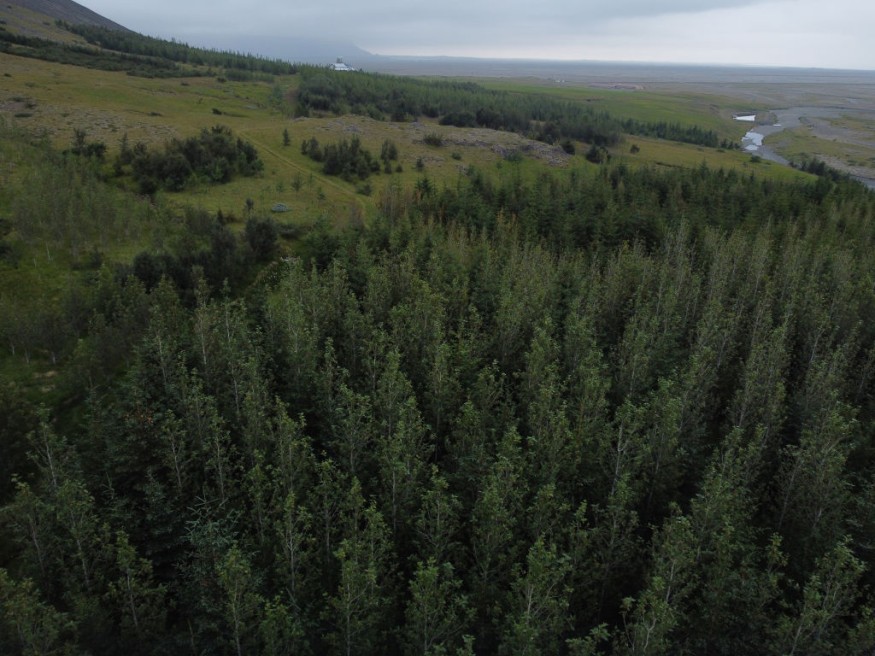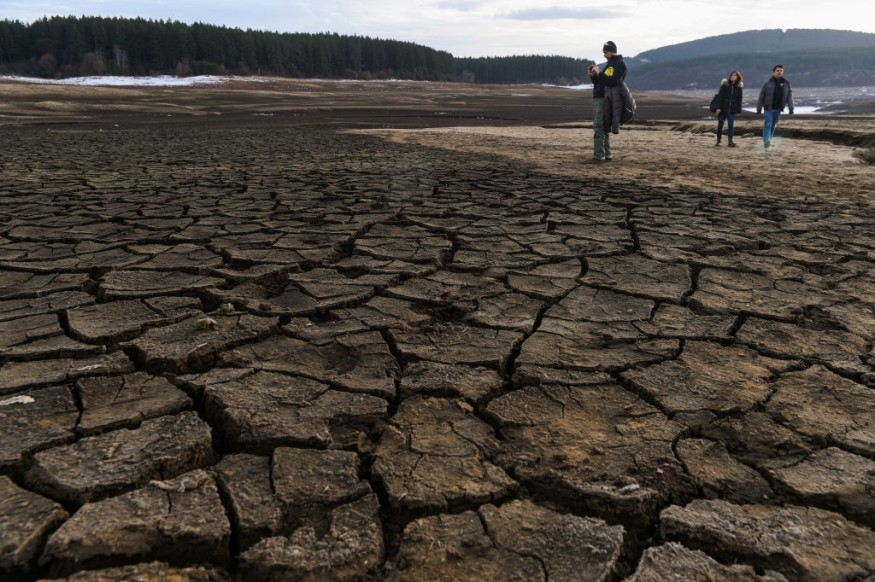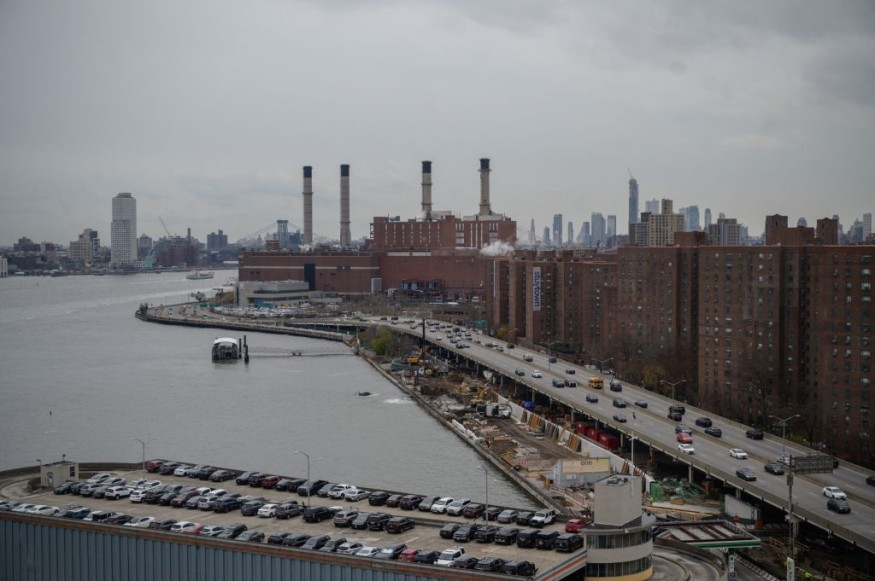The growing cost of gasoline has been a hot subject for the past month, with record-high prices at the pump, and while gas prices are at an all-time high throughout the country, one gas station, in particular, has gotten a lot of attention online.

Checking Temperatures
Furnace Creek Fuel and Auto Service is the only gas station in the whole town of Furnace Creek, California. Furnace Creek, formally known as a census-designated place, is located near the popular Death Valley National Park and has a population of only 136 people as of 2020.
Despite its small population, Furnace Creek is a famous tourist destination.
Furnace Creek is popular with visitors to the national park since it is the only roadway that leads into and through it. It is conveniently located off California State Route 190.
Risks of Entering Death Valley
Because it is difficult and risky to carry items to Death Valley, gas rates are often higher than in other parts of Southern California and the country. As gas prices rose across the country, Death Valley's already exorbitant costs increased.
Furnace Creek Fuel and Auto Service sold regular gas for $8.75 per gallon and diesel for $9.99 per gallon in mid-March.
According to Gas Buddy, the price of regular at Furnace Creek has increased since March 28 and is currently $8.94 per gallon. The most costly gas station in the USA is Furnace Creek Fuel and Auto Service.
Death Valley is difficult to reach and dangerous to drive through despite its appeal due to curving roadways, unconstructed gaps, and long miles of deserted interstates, including a 130-mile stretch of Route 190 with only seven junctions.
However, these logistical difficulties annoy more than just passengers. It's also challenging to get supplies and services to Death Valley.
Straining Pass

Along the lengthy eastern stretch of State Route 190, there are just three petrol stations. Due to the gap in Route 190, fuel tankers traveling eastward must transport fuel via numerous difficult mountain passes and take a substantial detour to the south before heading north.
Although Fresno is 17 miles north of Furnace Creek, the route sometimes necessitates a 110-mile detour south before returning north.
The first stop on the westbound side is around 30 miles after Death Valley Junction.
Furthermore, as travel to Death Valley frequently includes passing through the southern portion of the Sequoia, severe and rapidly shifting weather conditions can occur on these highways.
Entirely Different Weather
Even though Death Valley is only a few hours away, the weather in the Sequoia may be very different. While Death Valley is scorching hot and dry, shipments to the Sequoias frequently encounter cold and snow.
"The transition from seeing snow on the ground to seeing only dry ground or nothing," said AccuWeather Senior Meteorologist Alan Reppert.
The hilly Sequoia area, located just west of Death Valley, prevents most rainwater from reaching Death Valley, which receives less than 2 inches of rain each year on average.
"Often, precipitation fails to get in there since the mountains surrounding it may have rain or snow," Reppert explained. "The lack of rain is due to being in the heart of a wide valley between mountains and the SoCal area."
According to the National Park Service, Death Valley is recognized as the hottest spot on earth and the driest area in North America. On July 10, 1913, the Furnace Creek in Death Valley station reported the highest air temperature ever recorded on the planet, at 134 degrees Fahrenheit.
Summer is a challenging season to visit Death Valley because of the intense heat. Without suitable equipment, drivers hauling products might easily succumb to heatstroke, and the roadways themselves could become a transportation hazard.
Summer Progresses
As the summer progresses, the earth can get so hot that it causes problems with the road and tires, Reppert explained.
Overheated engines may also be an issue for anyone going into the region when the weather is scorching. While the air temperature was 128 degrees in 2020, numerous automobiles broke down at the park owing to overheating engines.
"If passengers are trapped in this environment without air conditioning, [broken down automobiles] may soon become lethal," Death Valley National Park officials said on Facebook.
Death Valley shattered its all-time March high temperature record with a scorching 104 degrees on March 27.
Winter to Summer

Due to refiners converting from winter blend to summer blend as the temperature warms and summer approaches, gas will become more expensive to manufacture. Winter blend gasoline is less costly to produce because it has a greater Reid Vapor Pressure, which measures how readily fuel evaporates at a given temperature. In the winter, a greater RVP is made by adding butane to the fuel.
According to AMSOIL, higher RVP fuels can increase emissions and air pollution as temperatures rise. As a result, refiners must eliminate butane and substitute it with more expensive alternatives.
Related Article : How Climate Misinformation Through Social Media Worsens the Battle Against Climate Change
For more news about similar news, don't forget to follow Nature World News!
© 2025 NatureWorldNews.com All rights reserved. Do not reproduce without permission.





